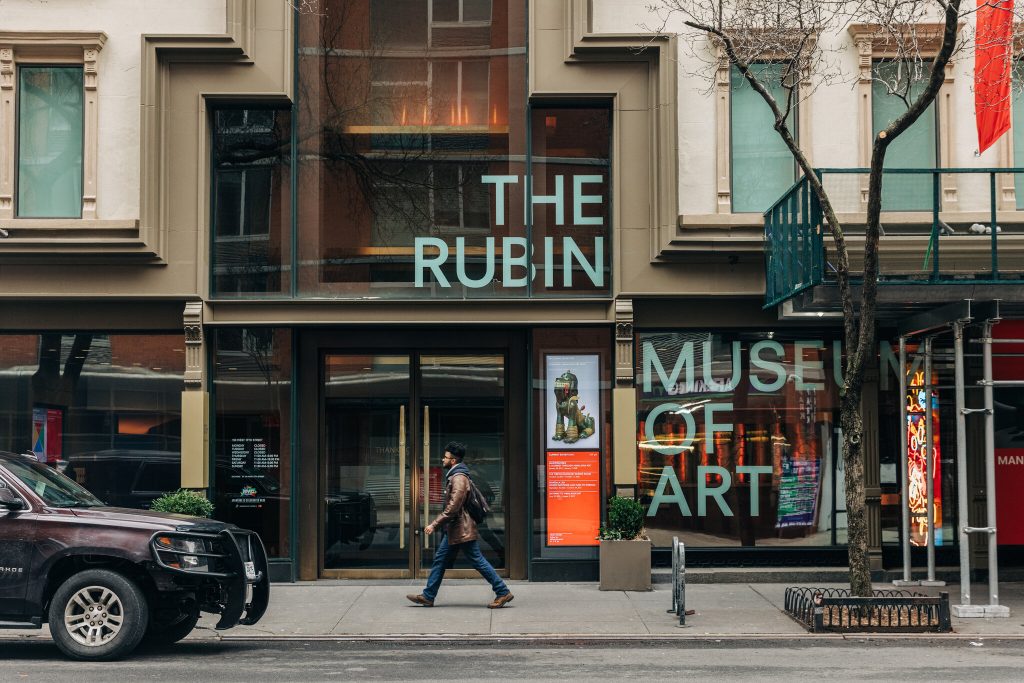Introduction
Founded in 2004 by Donald and Shelley Rubin, The Rubin Museum Of Art occupies the former Barney’s department store building on 17th Street in Chelsea, New York City. Since its inception, the Rubin Museum has been committed to showcasing the artistic heritage of the Himalayan region, fostering cross-cultural dialogue, and promoting understanding and appreciation of the diverse cultures it represents.
In a latest developments of events, after two decades of showcasing its esteemed collection of Himalayan art, the Rubin Museum of Art in Manhattan is set to close its doors on October 6, 2024. This decision, prompted by a desire to reimagine the museum’s identity as a boundaryless institution, involves selling its Chelsea building and transitioning into a model focused on traveling exhibitions and long-term loans. Financial challenges, including a $5.9 million deficit in 2022, and a changing cultural landscape have contributed to this transformative shift. While some laud the museum’s innovative approach, concerns linger regarding public access to its collection and commitment to provenance research. As the institution prepares for its next chapter, questions arise about the future of Asian art visibility and structural support.
Exploring the Galleries
Upon stepping into the Rubin Museum, visitors are greeted by a serene ambiance and a wealth of artistic treasures. The museum’s expansive galleries are organised thematically, inviting guests to embark on a journey through time and space. One of the highlights of the museum is its comprehensive collection of Himalayan art, including exquisite Thangka paintings, intricately carved sculptures, and ritual objects imbued with spiritual significance. These artefacts provide insights into the religious beliefs, cultural traditions, and artistic techniques of the Himalayan peoples.
The Rubin Museum also boasts an impressive array of rotating exhibitions, offering fresh perspectives on various aspects of Asian art and culture. From contemporary photography to ancient manuscripts, each exhibit is carefully curated to provoke thought and inspire curiosity.
Immersive Experiences
Beyond its static displays, the Rubin Museum offers a range of interactive experiences designed to engage visitors of all ages. The museum regularly hosts lectures, workshops, film screenings, and performances, providing opportunities for deeper exploration and engagement with its collections.
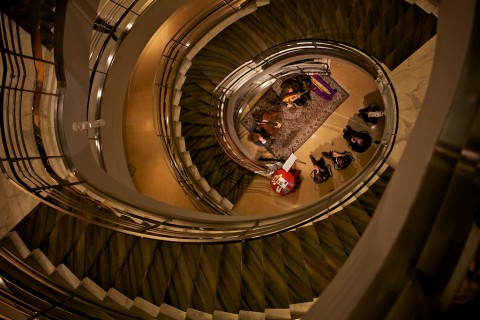
One of the museum’s most popular attractions is the Spiral Staircase, a mesmerising architectural feature that serves as a focal point for gatherings and events. Visitors are encouraged to ascend the staircase, which is adorned with vibrant murals depicting scenes from the Tibetan Buddhist tradition. For those seeking a moment of reflection and relaxation, the Rubin Museum’s serene cafe and gift shop offer the perfect respite. Guests can savour authentic Himalayan cuisine, browse a curated selection of books and souvenirs, or simply unwind amidst the museum’s tranquil surroundings.
Rubin Museum Of Art Hours
The Rubin Museum of Art welcomes visitors from Thursday to Sunday, with varying hours each day, offering a unique blend of cultural exploration and engaging activities. On Thursdays, guests can explore the museum from 11:00 AM to 5:00 PM, while Fridays extend the experience until 10:00 PM, featuring K2 Friday Nights with free admission, cocktails, and DJ performances from 6:00 PM onwards. Saturdays and Sundays also welcome visitors from 11:00 AM to 5:00 PM. The museum observes closures on Thanksgiving, Christmas, and New Year’s Day, and closes at 5:00 PM on select holidays, including the Friday before Memorial Day, Independence Day, Labor Day, the day after Thanksgiving, Christmas Eve, and New Year’s Eve. Additionally, the Mandala Lab, dedicated to family programming, is accessible only on Sundays from 1:00–3:00 PM. However, the shop remains open throughout all museum hours, providing a delightful selection of items without requiring an admission ticket.
The Rubin Museum Of Art Exhibitions
1. The Tibetan Buddhist Shrine Room
Open Through October 6, 2024
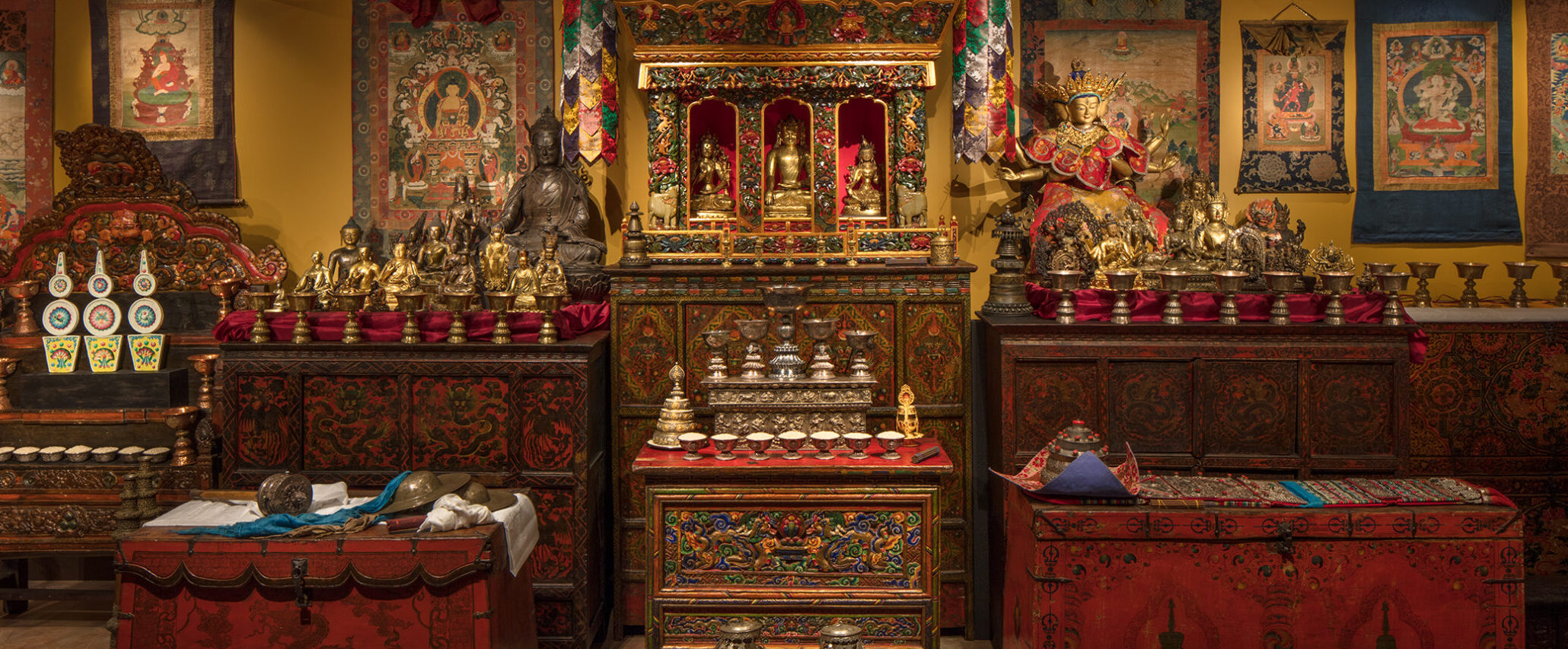
2. Masterworks
A Journey Through Himalayan Art
Open Through October 6, 2024

3. Gateway to Himalayan Art
Open Through October 6, 2024
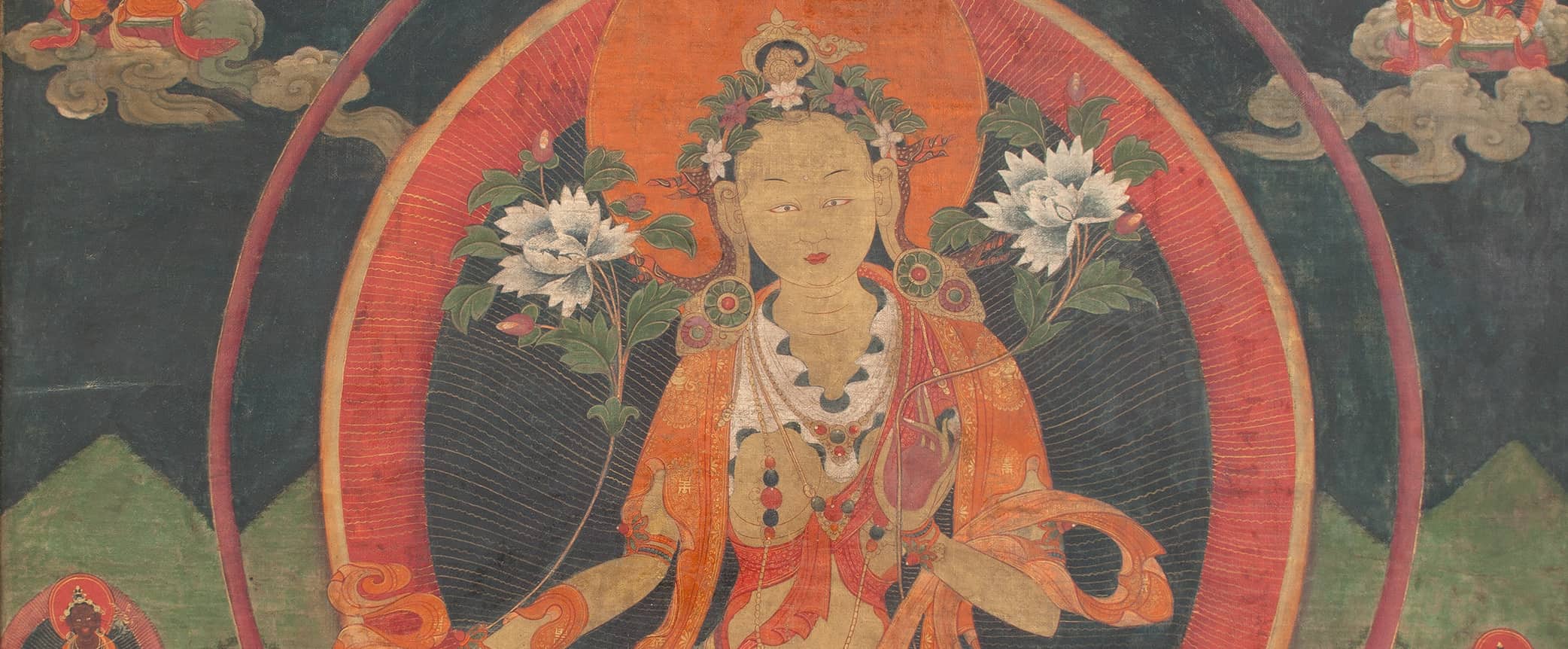
4. Mandala Lab
Where emotions can turn to wisdom
Open Through October 6, 2024
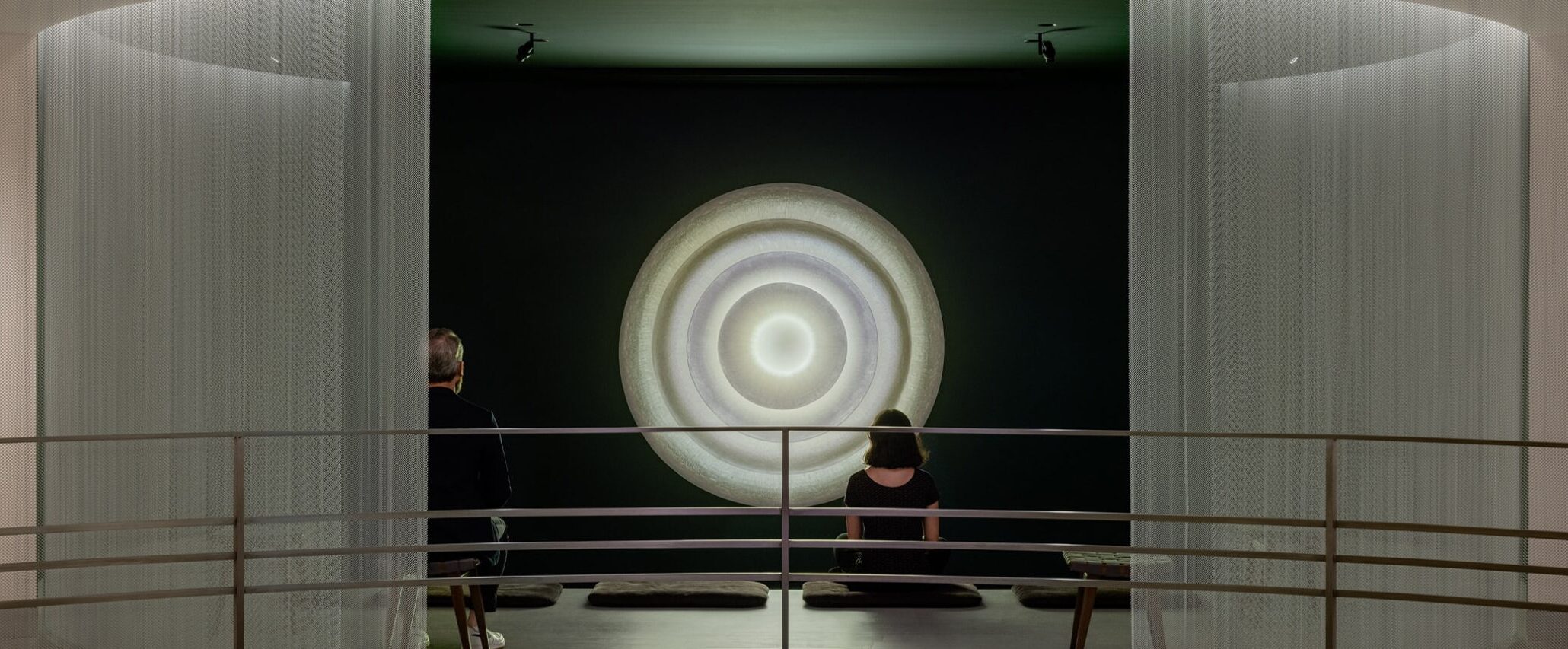
Feature Image: The Rubin Museum of Art, on West 17th Street, will close its doors on Oct| Courtesy: Jeenah Moon for The New York Times
Looking for Artistic Inspiration in Pittsburgh? Have You Explored the Carnegie Museum of Art Yet?

